When starting a film, having an expectation of what is to come — twisted with an unknown element — is, for me, the first page of the story. It is the initial uncertainty that I itch to become familiar with. Wes Anderson’s films, vibrantly colored and dreamlike, often with a melancholic undertone; Greta Gerwig’s impassioned exploration of complex female narratives; Tim Burton’s take on surrealism; Taika Waititi’s mix of comedy and drama paired with unexpected camera shots; Luca Guadagnino’s use of sensual and emotional visuals while exploring the details and subtleties of human relationships; and Spike Lee’s use of canted angles and bold visual choices, are all examples of directors whose individual stylistic choices give a film its distinct feeling.
Summer Brandt (11) enjoys films specifically by Wes Anderson, Sofia Coppola, Luca Guadagnino and Richard Linklater due to their “imaginative outlook on film, their way of humanizing their characters and making their stories lifelike.”
Some of Brandt’s favorite films include “The Virgin Suicides,” “Call Me By Your Name,” “Dazed and Confused and Good Will Hunting.” She shared why she enjoys each one despite their differences in theme.
“I think what draws me to all of them is that they each have a distinct directing style to make them visually appealing as well as deeply character-driven rather than by the plot,” Brandt said. “The narrative is built around the people and their relationships and emotions.”
Nolan Greer (12) discussed his favorite director and films, and what about them that piques his interest.
“I would have to say my favorite director is Christopher Nolan,” Greer said. “One of my favorite works that he’s done would be ‘Oppenheimer’ or ‘Inception’ because of the ideas he explores of community and consciousness and the ways in which he depicts them are very real.”
He explained how Nolan and other directors use camera shots to enhance the way their stories feel to the audience.
“Nolan uses interesting camera angles to keep everything very real,” Greer said. “Like for example, he uses camera angles as a perspective — and in ‘Oppenheimer,’ he used real explosions, so he tries to capture that on camera rather than using or relying on CGI, so he uses a lot of real movements which are fun to watch.”
Greer mentioned another favorite film, “Everything Everywhere All at Once,” directed by Daniel Kwan and Daniel Scheinert, and explained how its filming style escalates the movie’s intensity.
“In ‘Everything Everywhere All at Once,’ and actually, ‘Inception’ too, I like the way they use the camera angles,” Greer said. “You can really see not only the characters’ perspective, but you feel like you’re part of that journey. Like in ‘Everything Everywhere All at Once,’ the camera angles are very jagged, like in the way that they explore multiple realities it’s very, I won’t say cutthroat, but they transition very fast, similar to ‘Inception’ where they’re exploring different levels of the subconscious, the way things are shot are more outlandish.”
For many viewers, film is the only way to hear and see their thoughts put to words and visuals. It’s a liberating experience — one that can only be achieved through art. For others, film is the only access to the minds of those that they would never otherwise know. It allows one to obtain a well-rounded perspective of themselves and the world surrounding them. For Brandt, films are personal. She shared more about what they mean to her.
“After watching ‘The Virgin Suicides’ by Sofia Coppola, I decided that I wanted to pursue film and art as a real career rather than just a hobby,” Brandt said. “The film opens with rough sketches and doodles that overlay the screen incorporating a mixed media element that made me realize that film is one of the most expansive forms of media that has endless possibilities that have yet to be explored. This film is also less about the actual unfolding of events but more about how these events are remembered by the people around them as time goes on which is a really fascinating way of telling the story and something that I had never seen before.”
Like all other forms of art, film possesses the ability to connect those of all ages, minds, and backgrounds. A film enthusiast and former teacher of the subject, Principal Rob Coppo discussed his favorite films and directors.
“My favorites have to be Francis Coppola, David Lynch and Chris Nolan,” Coppo said. “Coppola because of his use of cinematography and ability to get amazing performances out of actors — ‘The Godfather’ and ‘The Godfather Part II’ are just a masterclass in filmmaking — Lynch has a unique vision, every movie is a meal to dig into to figure out, and Nolan has a brilliant use of non-linear storytelling.”
Coppo shared the feeling of recognizing such distinct styles of directing.
“I enjoy being able to tell who directed a film — when you see a Picasso, you know it’s Picasso,” Coppo said. “I like knowing when it’s a certain director … they bring their true vision … it’s fun to see how they evolve, just like with artists … we don’t think about that with movies … it’s only the world’s most powerful art form, of course it should feel like a certain director.”
There is a film and style for everyone. Those who dismiss the world of film as superficial will find that they lack the enrichment that is delivered with the stories of human nature being displayed on screen. Ultimately, films are human stories. The director’s job is to convey them through a style — using colors, angles, emotions and glances that reflects the essence of humanity.


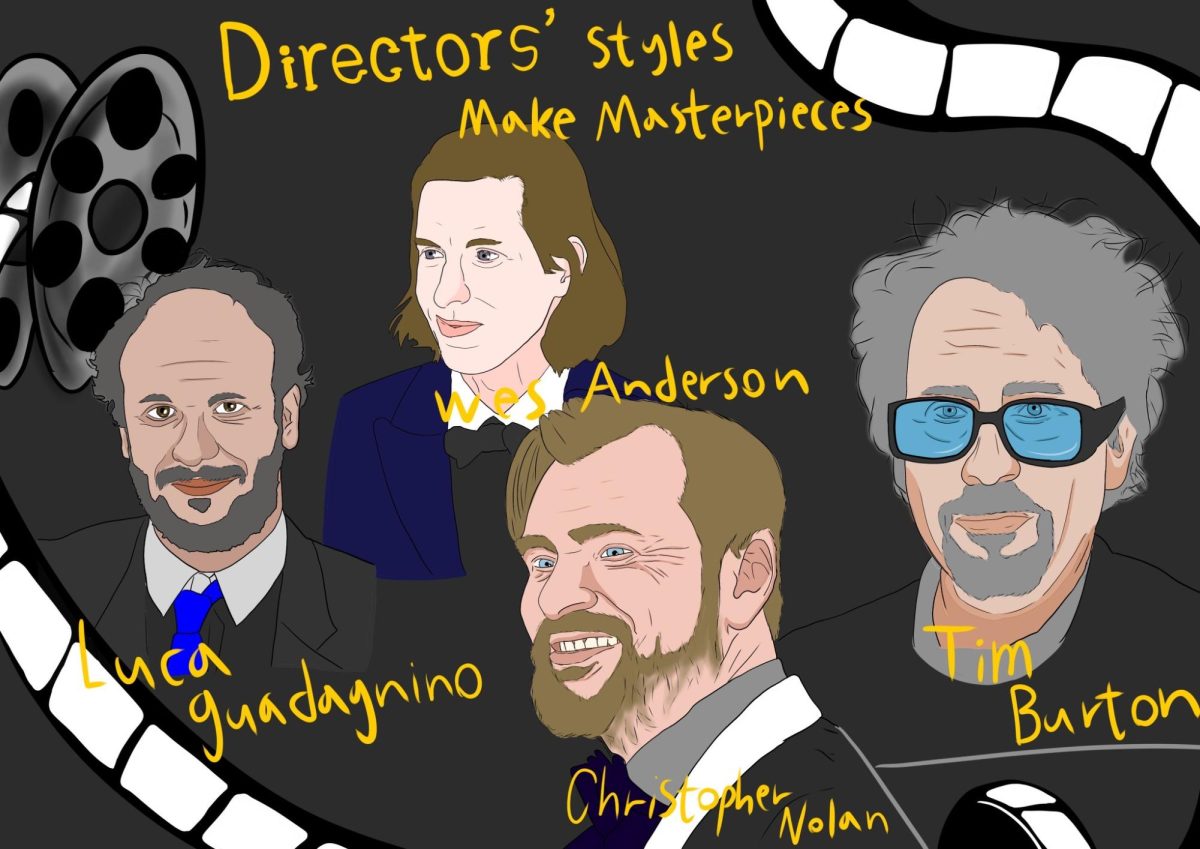
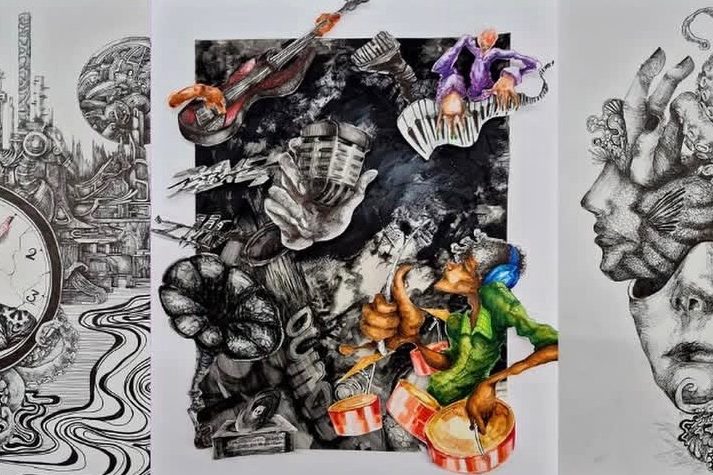
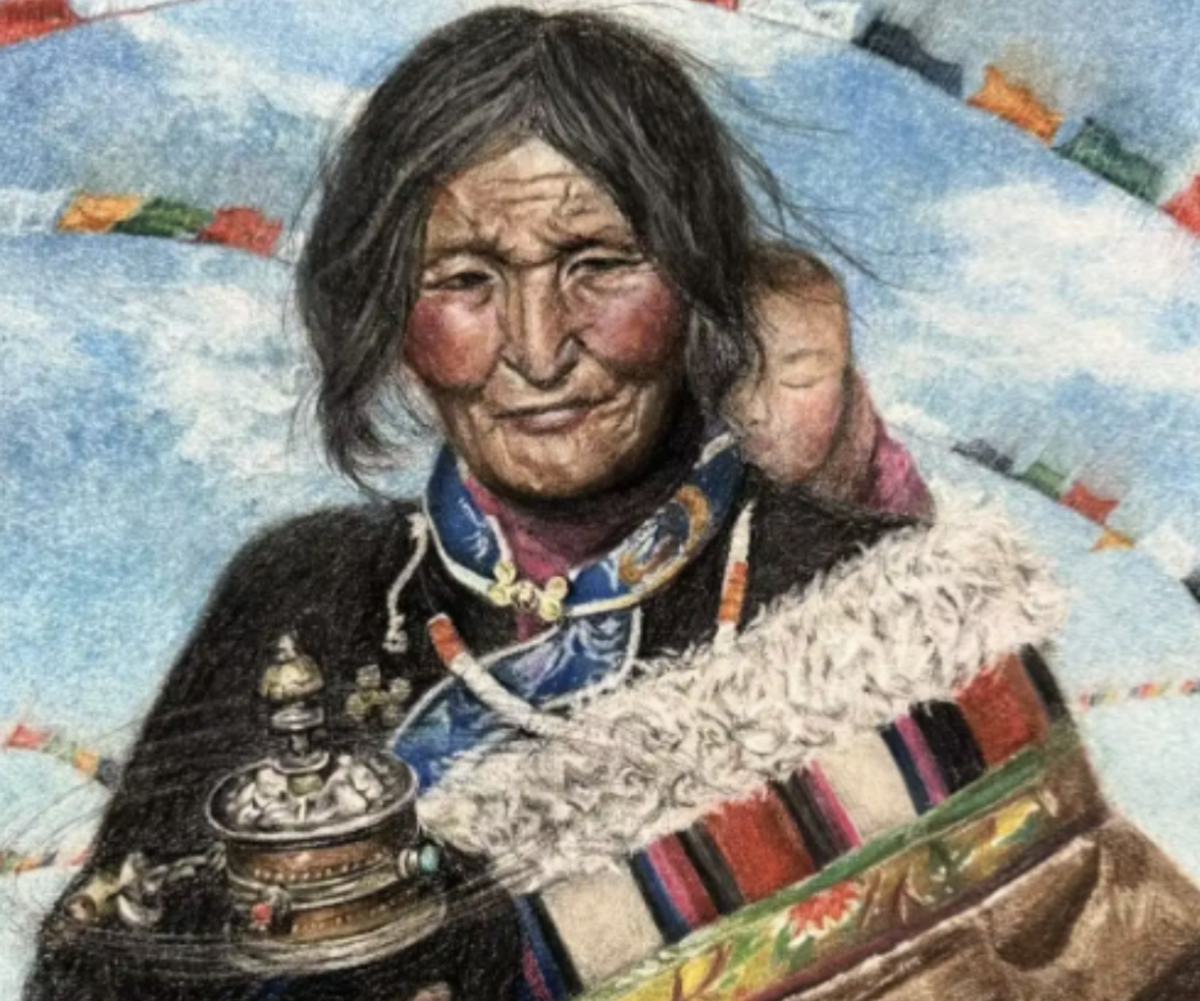

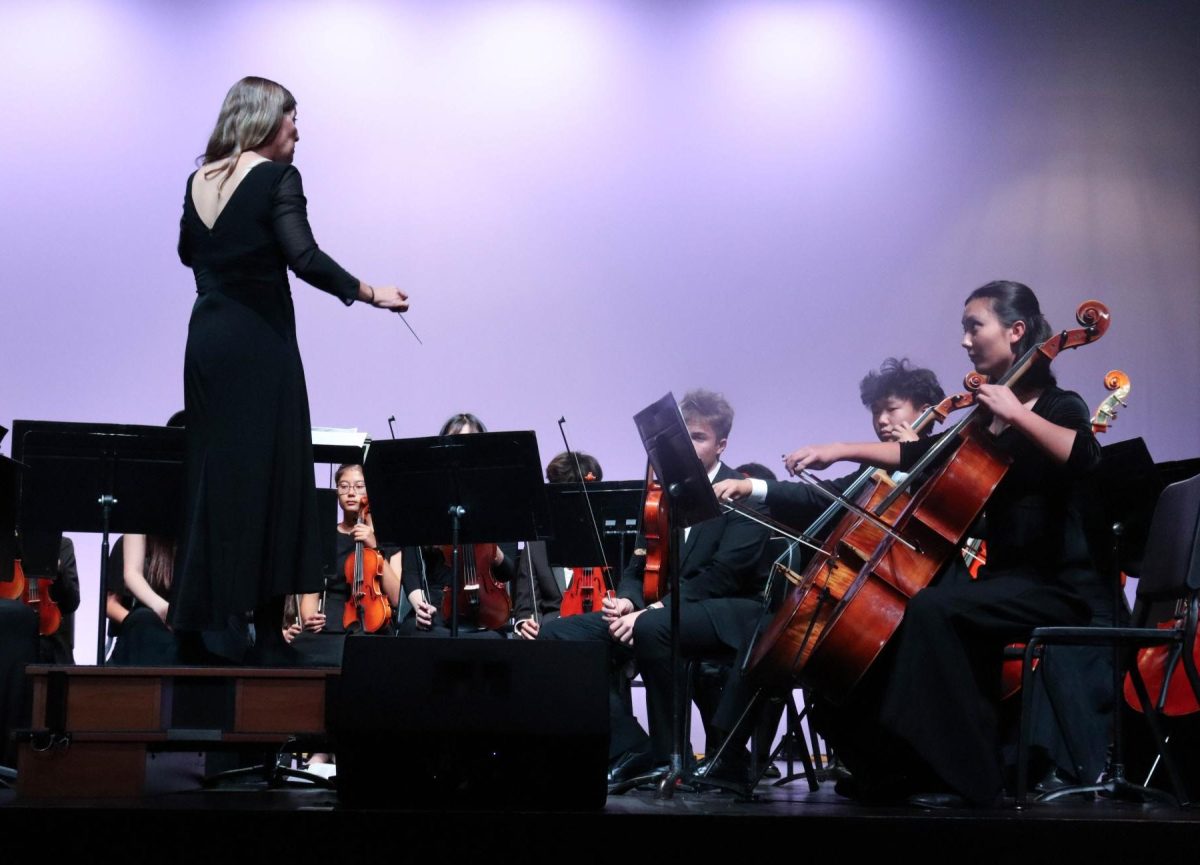

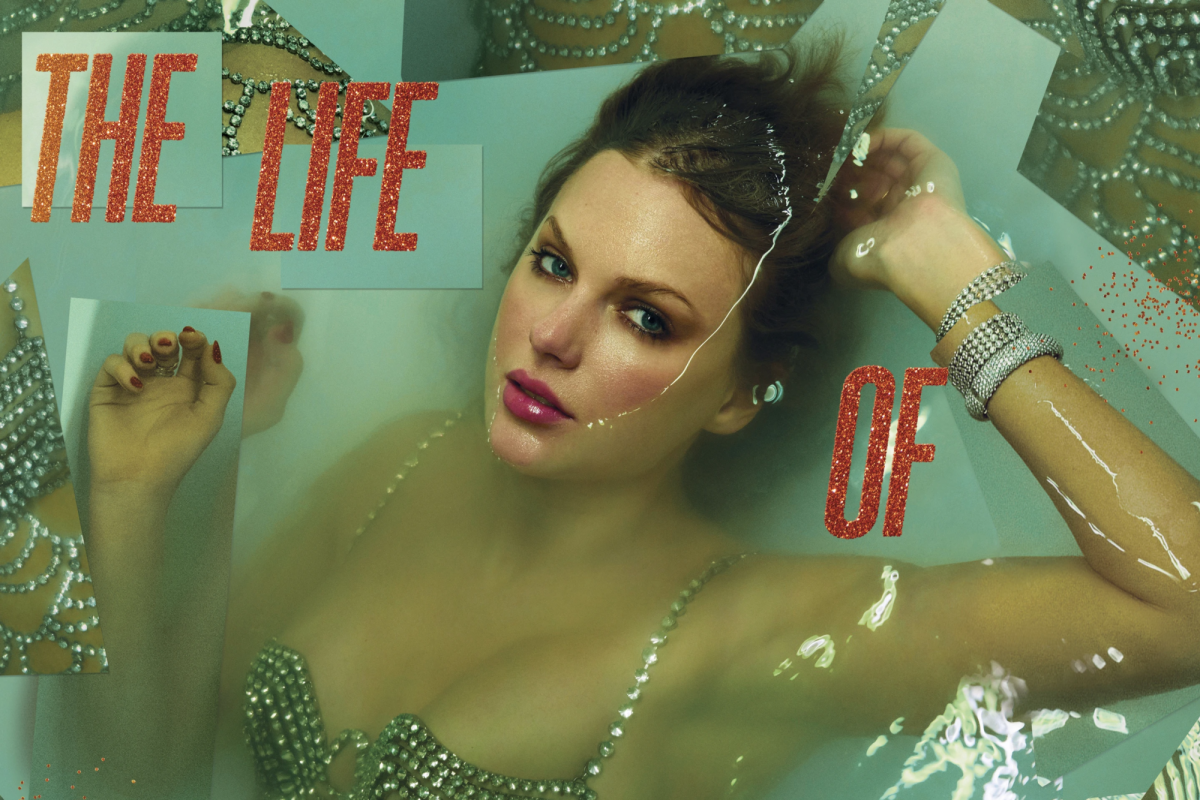

Erik Bakshi • May 4, 2025 at 2:34 pm
The beauty of film is in the endless creative ways a filmmaker can paint their canvas and tell their story. Loved reading this article and seeing how these directors have their own styles and how that impacts different viewers. Well done!
Lisa Kirazian • Apr 29, 2025 at 5:20 pm
A fascinating article that I definitely wish could go on and on and on — because of the author’s fascinating choices of films and directors, and the interesting input from those who were interviewed. More, please!! Great job!